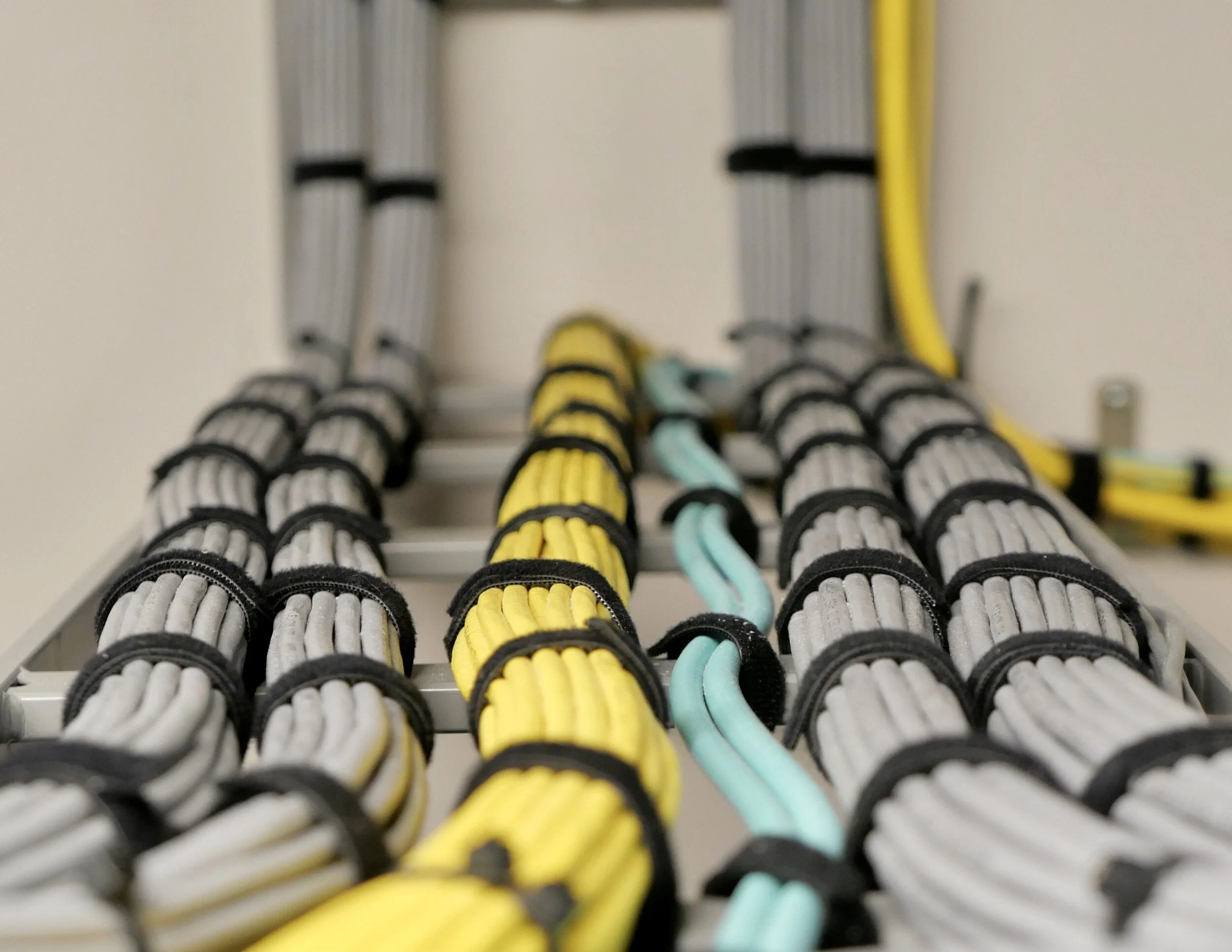The Evolution of Network Cabling: A Look at its History and Latest Advancements for 2023
Network cabling is a crucial component of modern communication infrastructure. It provides the backbone for the transmission of data between different devices in a network, enabling businesses to function efficiently and effectively. The history of network cabling dates back to the early days of computing, and technology has come a long way since then.
The earliest computer networks used serial connections to transmit data between devices. This involved connecting a single cable between each pair of devices in the network, creating a daisy chain of connections. This method was simple and cheap but had several limitations, including limited distance and bandwidth.
In the 1980s, Ethernet emerged as a standardized method for connecting devices in a network. Ethernet used coaxial cable, which provided higher bandwidth and longer distances than serial connections. This technology quickly became popular and was widely adopted by businesses and other organizations.
In the 1990s, the use of twisted pair cabling became popular. Twisted pair cables are made up of two or more pairs of wires twisted together, which reduces interference from other cables and electromagnetic interference. This technology enabled faster data transmission speeds and became the dominant cabling standard for local area networks (LANs).
In recent years, fiber optic cabling has become increasingly popular for businesses and other organizations. Fiber optic cables use pulses of light to transmit data, which provides higher bandwidth and longer distances than twisted pair cabling. Fiber optic cabling is also more secure and reliable, as it is not susceptible to electromagnetic interference or crosstalk.
In 2023, businesses have several options for network cabling, depending on their specific needs and budget. Twisted pair cabling, such as Category 6 and 6A, are still popular choices for LANs, providing high-speed data transmission over short distances. However, businesses with larger networks and more data-intensive applications may opt for fiber optic cabling, which provides higher bandwidth and longer distances.
Another trend in network cabling for 2023 is the use of Power over Ethernet (PoE) technology. PoE allows devices such as cameras, access points, and other network devices to be powered over the same Ethernet cable that transmits data. This eliminates the need for separate power cables and simplifies network management.
In addition, advances in network cabling technology have enabled the use of network automation, which allows businesses to manage their networks more efficiently and proactively. Automation tools can monitor network traffic, identify issues, and automate remediation, reducing the need for manual intervention and improving overall network performance.
In conclusion, the history of network cabling has seen significant advancements over the years, with each new technology providing faster speeds, longer distances, and greater reliability. In 2023, businesses have several options for network cabling, including twisted pair cabling, fiber optic cabling, and Power over Ethernet technology. Advances in network automation are also making it easier for businesses to manage their networks proactively and efficiently.

